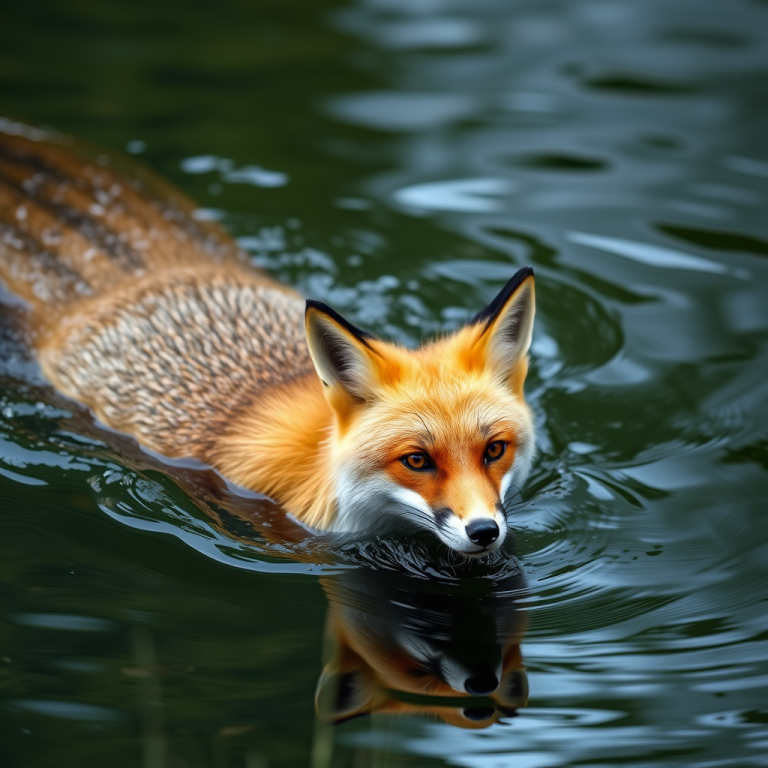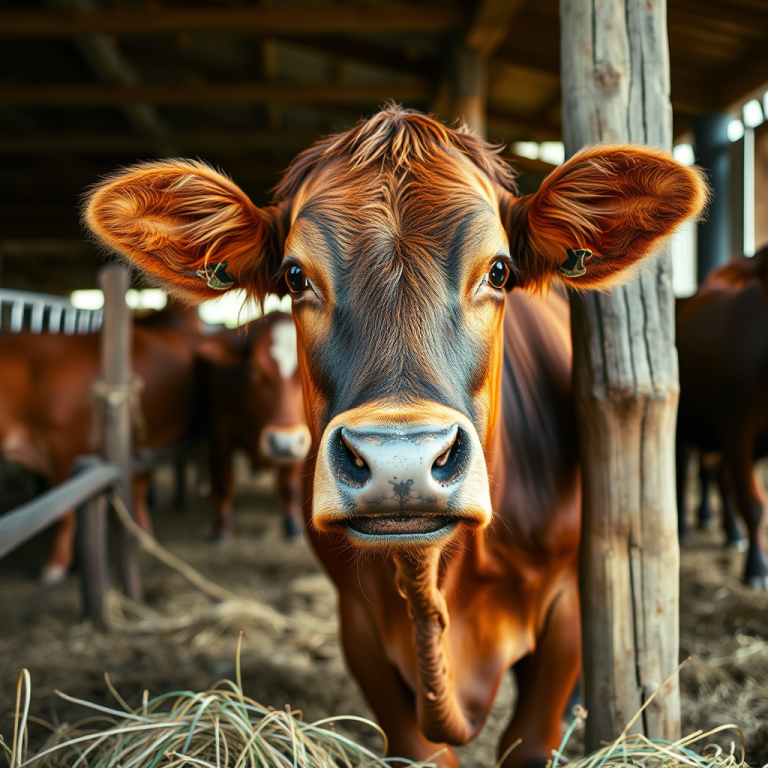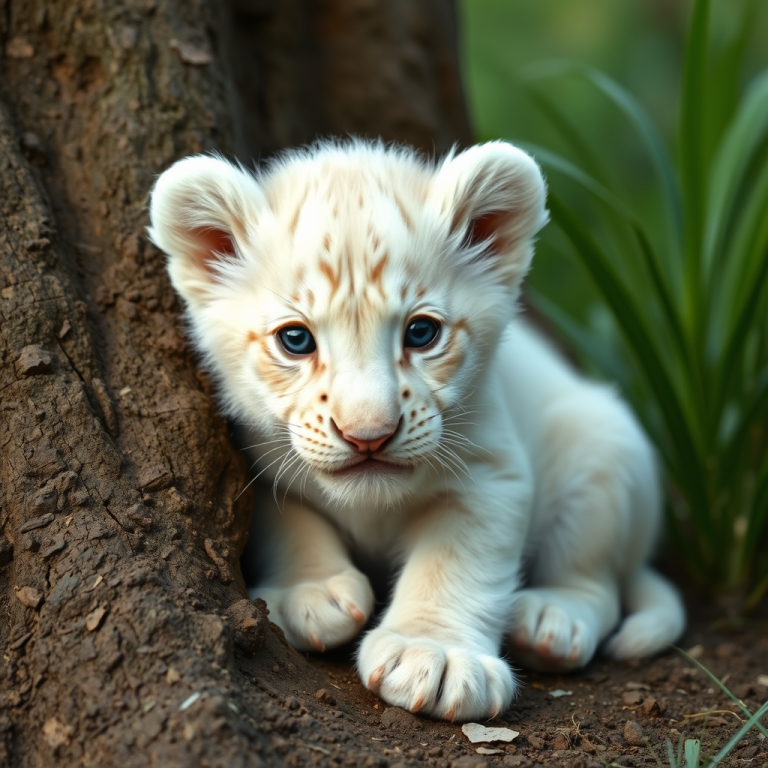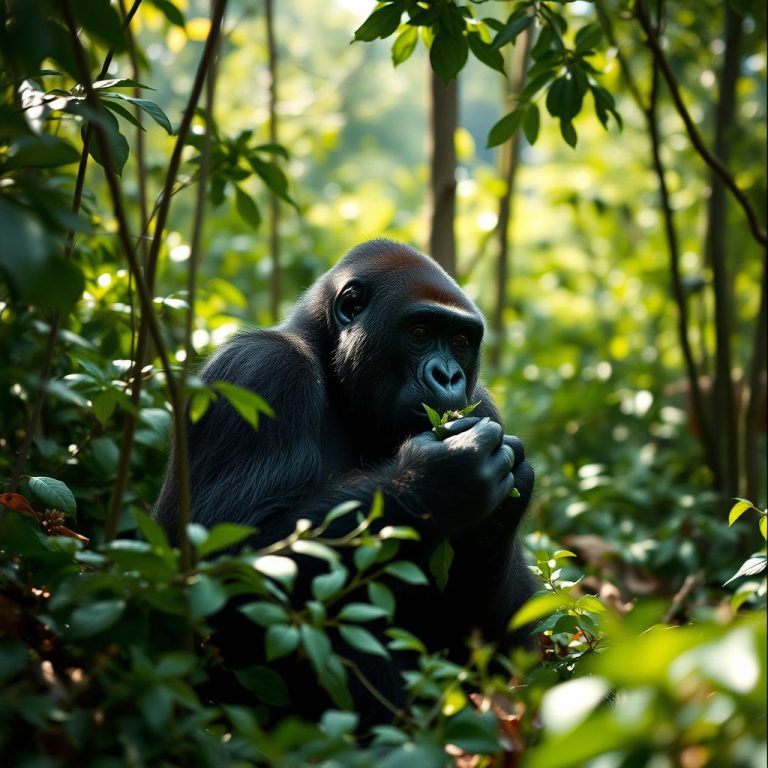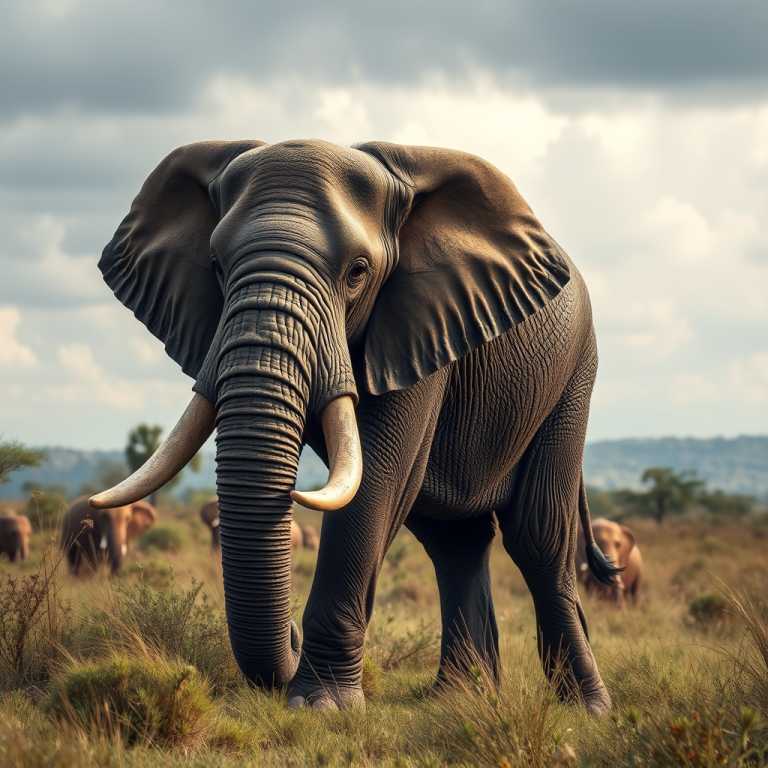The Life of a Giant Panda: Solitude, Bamboo, and Gentle Giants
Giant pandas, native to the misty mountain forests of central China, lead a lifestyle that’s as unique as their appearance. With their distinctive black and white fur, these bears are more than just a symbol of wildlife conservation—they’re a testament to nature’s adaptability and the delicate balance of ecosystems.
A Bamboo-Centric Diet
At the heart of a panda’s life is bamboo. Despite being classified as carnivores, giant pandas have evolved to consume bamboo almost exclusively. They spend up to 12 hours a day eating various parts of the bamboo plant—stems, leaves, and shoots. This diet is low in nutrients, so pandas must eat vast quantities to meet their energy needs .
Interestingly, pandas lack the digestive enzymes to break down cellulose efficiently. Instead, they rely on a specialized gut microbiome to extract nutrients from bamboo . This dietary specialization has led to their sedentary lifestyle, as they need to conserve energy due to the low caloric value of their food.
Solitary Existence
Giant pandas are solitary creatures. They establish and defend their own territories, which they mark using scent glands. Outside the brief mating season, pandas prefer to live alone, coming together only to mate or for a mother to care for her cubs .
Their solitary nature is also reflected in their communication methods. Pandas use vocalizations like bleats, chirps, and growls, as well as scent marking, to communicate with each other .
Adaptations for Survival
Despite their seemingly slow and clumsy demeanor, giant pandas are well-adapted to their environment. They are proficient climbers and swimmers, skills they develop early in life. These abilities help them navigate their mountainous habitats and evade potential threats .
One of the most fascinating adaptations is their “thumb.” While not a true thumb, this modified wrist bone acts as an opposable digit, allowing pandas to grasp bamboo stalks with remarkable dexterity .
Reproduction and Cubs
Pandas reach sexual maturity between 5.5 to 6.5 years of age. The mating season occurs in spring, and females are only in estrus for a short period each year. After mating, the gestation period ranges from 95 to 160 days, with females typically giving birth to a single cub .
Newborn pandas are incredibly small and helpless, weighing about the same as a cup of tea. They rely entirely on their mothers for warmth, nourishment, and protection during the early stages of life.
Conservation and Challenges
Giant pandas face several challenges in the wild, primarily due to habitat loss and fragmentation. Conservation efforts have been crucial in stabilizing their population, with over 1,800 pandas now living in the wild .
These efforts include habitat restoration, anti-poaching measures, and breeding programs. While pandas are no longer considered “endangered,” they remain a vulnerable species, highlighting the ongoing need for conservation initiatives.
If you’re curious about the wonders of wildlife, stick around—there’s a whole world to explore at Wonder of Wild.


